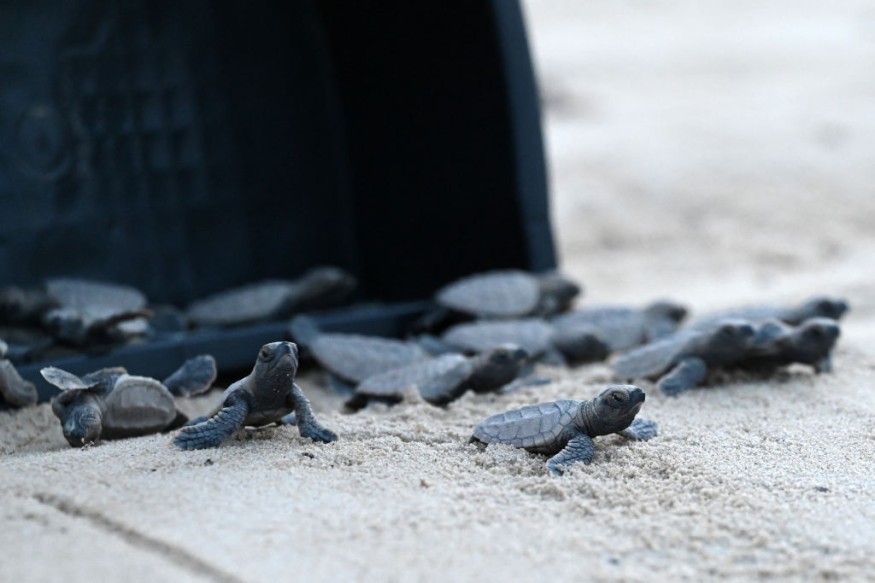
A turtle health center in Florida reported that over the previous four years, every one of the turtles examined were female, a disturbing phenomenon connected to global climate change.
Apparently, the climate greatly affects the eggs and the sea turtles' gender.
Climate Change's Effect on Baby Sea Turtles
Male sea turtles have currently become the minority, outweighed approximately ten to one, as the dunes heats up, decreasing numbers of males emerge.
Researchers differ on the impact of this development on marine turtles maintaining biodiversity. Nonetheless, a researcher told Insider that global warming is placing a significant amount of stress on vulnerable creatures.
As explained by Lucy Hawkes, an environmentalist at the University of Exeter who has been investigating the phenomena from 2007, there are seven marine mammal varieties, and each of them generate additional females when the temperature rises.
More so, Hawkes told Insider in an interview that most of these turtles possess substantially feminine skewed fertility rates.
While as per the US National Oceanic and Atmospheric Administration, marine turtles' eggs hatched on soil warmer than 88.8° Fahrenheit (31° Celsius) would be female.
Bette Zirkelbach, supervisor of the Turtle Hospital in Marathon, Florida Keys, informed Reuters that the last four summertime had been the warmest on file. In her statement she stated that for the preceding four years, experts investigating sea turtle nestlings and eggs have identified any male sea turtles, therefore just female sea turtles.
The phenomena have been witnessed all across the globe, and as seen in 2018 research, 99% of turtles in Eastern Australia are female too. Specialists are divided on what this means for marine turtles' numbers.
In 2018, scientist David Owens, a senior lecturer at the College of Charleston, warned Newsweek that there are unlikely to be sufficient males in communities of sea turtles over the next generations to a millennium.
Florida's Baby Sea Turtles
Reduced males may result in unsustainable biological variation between sea turtles, according to Melissa Rosales Rodriguez, a sea turtle caretaker at the Miami Zoo. Hawkes, on the other hand, told Insider that it's probably quite complex than that. According to her, the ideal ratio of men to women is unknown.
A set of sea turtle nesting typically birth approximately 90% females, and data implies that just a handful males are required to hatch all of the eggs. So, for example, the presence of females may be a survival adaptation to keep the community from becoming threatened," she said. Just several research investigations have previously shown that if the eggs are damp, males can still be generated from a heated nesting.
In The Washington Post report, it states that unless turtles ran out of all men, the society would be threatened - although experts do not even believe that will occur very shortly. Nonetheless, there is no doubting that global warming is placing sea turtles under stress.
It creates harsher cyclones, which may sweep out hundreds of hatching homes in a major blast, as well as ocean warming, which washes the nest and destroys the eggs, according to her.
The most important thing researchers can do in this respect is restrict growth of breeding grounds, which means limiting the number of commercial guesthouses and other structures erected along the beach, as per Science Alert.
Read also: 'Living Dinosaurs': Birds Posses Dinosaur-Like Features Before They Hatch from Their Eggs
© 2025 NatureWorldNews.com All rights reserved. Do not reproduce without permission.





